Infrared Services in Oregon |
|
Thermographic Your business tag line here. |





Infrared Services in Oregon |
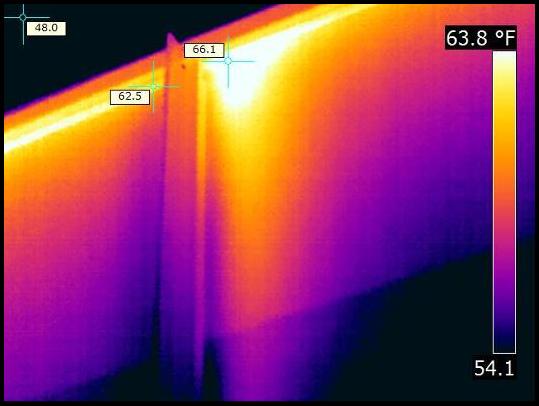
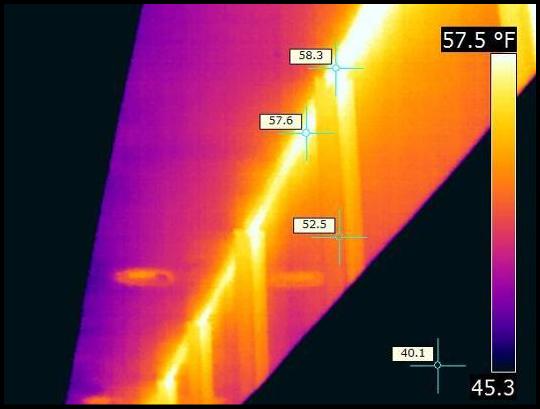
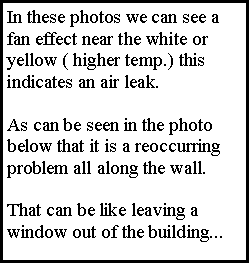
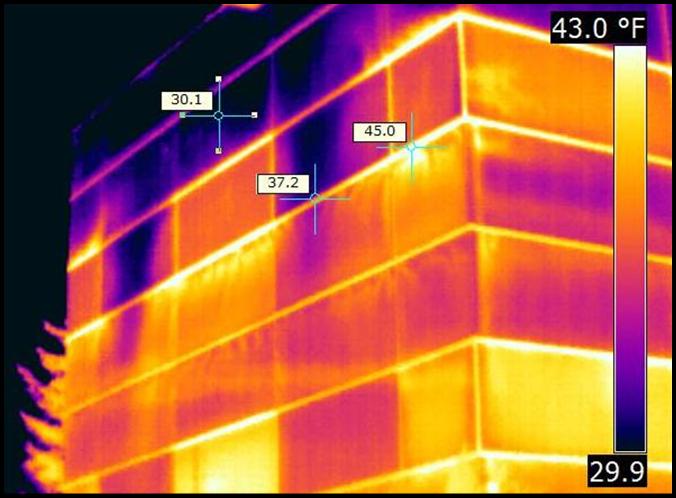
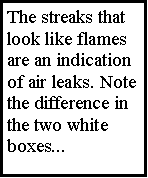
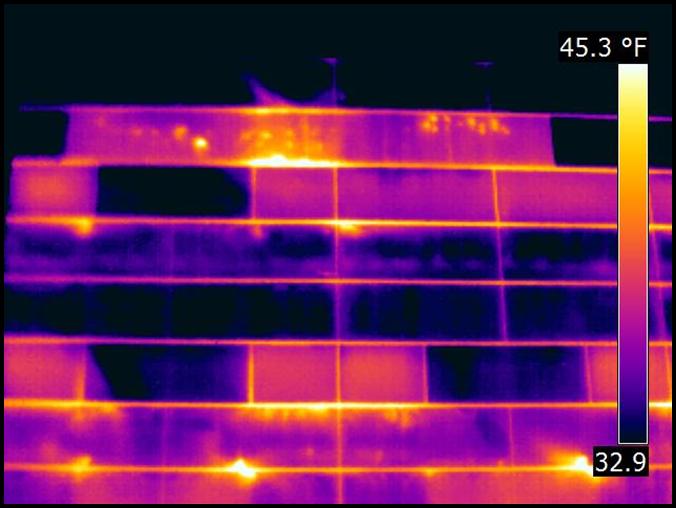





|
Thermographic Energy Loss Diagnostics “Air Infiltration is responsible for 33% of the total heating energy used..” NIST
Air Infiltration is responsible for 33% of the total heating energy used.. |
|
Home | Building Envelope | Roofing | EIFS | Energy Audit | Industry Links |



|
Home Page |
|
Building Envelope
|
|
Energy Audit |
